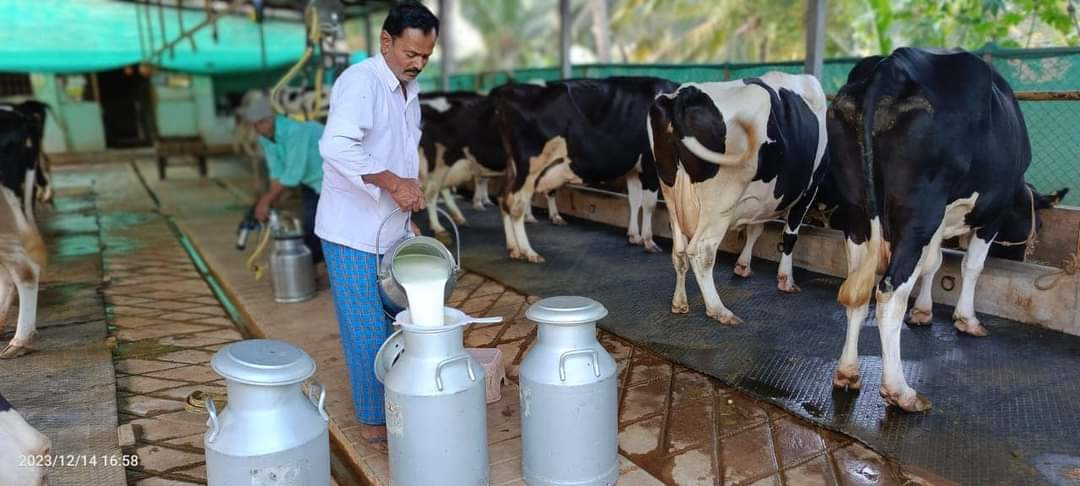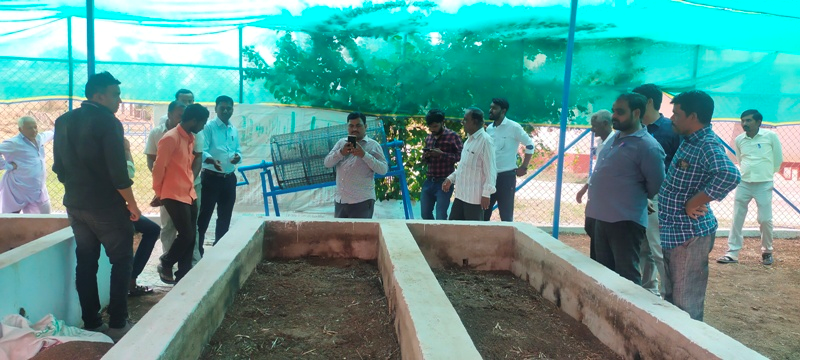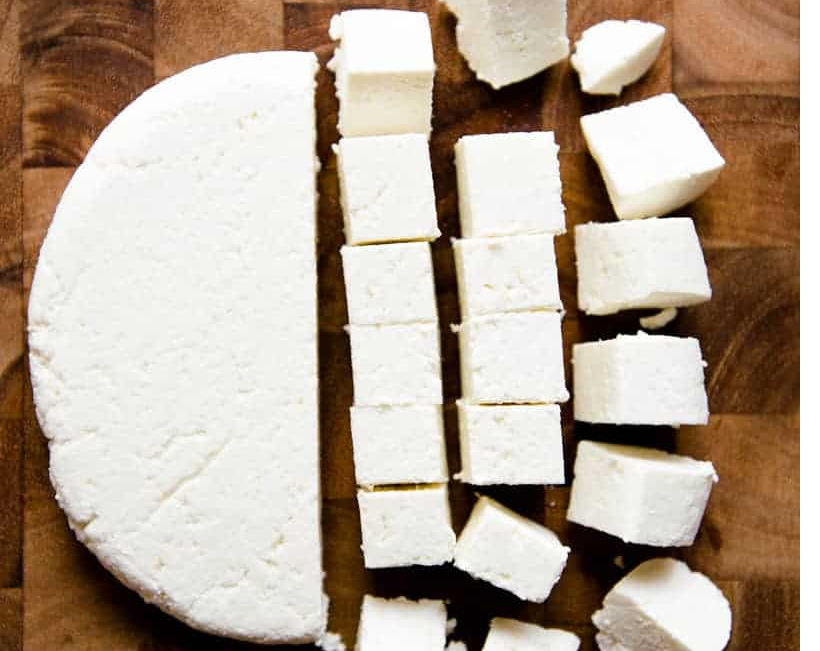Economics of Dairy Farming and Value Addition
Milk Producing Unit
A milk producing unit (dairy farm) can be started with either cows or buffaloes. Crossbred cows have higher milk production capacity. A buffalo, crossbred cow or domestic cow unit can be set up depending on the climatic conditions of the respective area, market demand for milk, availability of adequate fodder etc. Crossbred cows can be reared where the climate is cool, there is plenty of green fodder and there is a high demand for milk. In remaining cases buffalo or domestic animals can be reared. All the dairy heifers should be bought in two batches 2-3 months apart to avoid stalling the cows at the same time producing milk at the same time.
Formulas for reducing expenses and increasing profit in dairy farming
Following points may be followed in dairy farming to reduce expenses and increase milk production.
- While selecting the animals, buying the young (under 5 years old), healthy and high yielding cows can significantly reduce their production cost. Houses for animals should be built using locally available raw materials as much as possible at low cost.
- Instead of buying fodder for animals, if you grow and graze your own, the cost will be less.
- Among green fodder, 2/3 of cereal fodder (maize) and 1/3 of leguminous fodder (horse gram, fenugreek etc.) should be grown and cut into small pieces of one to two inches long and fed to the animals, reducing the amount of feed mixture fed by 50%. Milk production can be achieved at low cost.
- If the green fodder which is mostly available in rainy season is collected as silage, then graze it when green fodder is not available. This means that even in summer, more milk production can be obtained and profit can be increased.
- While preparing and feeding the feed mixture on your own, you should know about its properties. The raw materials of feed mixture should be purchased and stored in sufficient quantities during the harvest season when they are available at low prices
- The calves should be fed with proper colostrum milk. The heifers should be fed properly so that they can conceive within 1.5 to 2 years.
- If the calving intervals (between 2 calvings) is kept as short as possible (within 12-14 months), then one calf per year and higher milk yield can be obtained.
- If the milking cows are arranged to calve in the months of May-June, then they will have more green fodder available for grazing and can produce more milk.
- Low milk yielding, unable to conceive, stunted growth, sick and overweight animals should be sold to save the cost of grazing and handling them.
- Animal health precautions such as vaccinations and flea and tick control, deworming can reduce mortality and save future drug costs if properly followed.
- Life insurance for animals can significantly reduce the loss in case of accidental death.
- If the arrangement is made to get higher prices for animal products, the profit will be higher.
- In summer animals should be kept as cool as possible and should be watered from top to bottom and drink enough water. If grazed in cool season, more production will be obtained and profit will be increased.
- If all the family members work for rearing of animals, if the number of servants are kept less and if they are made to work efficiently, then the expenses will be less.
- Electricity cost can be saved by producing gas from dung and using it for providing light at night, or can be used for any other purposes and even more profit can be made by producing and selling earthworm manure.

More milk production at less cost
- Scrubbing the cow's body daily from a tender brush will not only increase blood circulation but also prevent disease and control parasites. This will not only keep the cow healthy but also help increase production. While doing this, it should be done in the direction of the hairs on the skin.
- Prepare the animal feed at home, and reduce the cost of milk production,
- Reduce production cost by feeding high quality green fodder, pulses and reduce the cost of milk production
- Provide urea molasses blocks and increase the utility of dry fodder
- Vaccinate and also deworm from time to time, and reduce veterinary costs.
One calf per year
- Give complete attention to calf development, feeding and health from the day of birth
- Undertake internal and external lice control measures as advised by a veterinarian
- Feed heifers at all stages of growth and production (calf, heifer, pregnant heifer, lactating heifer, lactating pregnant heifer, pregnant heifer) with green and dry fodder in prescribed proportions.
- Observe every morning and evening for signs of heat in dairy animals
- Heifers should be artificially inseminated during mid-estrus. If the female comes to heat in the morning, then inseminate it in the evening, if it comes to heat in the evening, inseminate it in the morning.
- After insemination the cow should be observed again for signs of heat within 18-25 days, consult a veterinarian if symptoms occur. After 45 days of insemination and no signs of calving, get a pregnancy checkup by a veterinarian.
- Gradually stop milking during the last two months of pregnancy to allow the calf to grow in uterus and to recover it for another production.
- If the heifer is managed as above, within 30-45 days of calving, she will come to heat and become pregnant.
- The heifer should be impregnated within 60 days after calving. This does not reduce the yield if the management is correct
- Date of calving, date of artificial insemination, date of pregnancy check, date of calving, date of weaning of each heifer should be recorded.
- If one calf is born per year, in addition to having more calves in the dairy cow's lifetime, the overall production of milk will also be higher, and it is benefit for the farmer.
Measures that can be taken to increase profit in dairy farming
- Start dairy farming from small unit/holding
- Construct the shed scientifically from available and local materials
- Properly inspect and purchase heifers suitable for local climate with the help of a veterinarian
- Compulsory life insurance for all cows, get low interest loans, take advantage of government schemes.
- Agricultural wastes like dry fodder, husk, straw etc. should be properly utilized by nourishing them.
- Grow your own green fodder. Feed green and dry fodder by cutting them into small pieces
- Take special care in the maintenance of shed
- Higher the quality of the products, more will be the profit
- Diversify dairy income, by selling dairy products besides milk
- Breeding of heifers/cows for sale of pregnant heifers/cows and fattening of bulls for meat.
- Sale of bulls, vermi-compost, farm yard manure, cow urine etc.

Vermi-Compost Unit
Note
During the initial 3-4 years in dairy farming, the calves born in the first year will not see much benefit until they are conceived and milked. The initial period is spent for loan repayments and other expenses. Moreover, it is a non-holiday job, so patience and dedication among farmers are crucial to make a profit in dairy farming.
Value addition of milk
Value addition can be a great tool for doubling the farmer’s income, and making more profit out of liquid milk with the use of certain techniques. It can work as a tool for increasing the inclination of farmers towards dairy industry. With increasing consumer awareness in recent times, people are more aware regarding healthy nutrition and diet which has increased the market scope of value added functional dairy foods.
The most important value added milk products manufactured and sold in rural areas are khoa, chhana or paneer, ice cream, srikhand etc.The main purpose of manufacturing milk products is to store milk for as long as possible, milk products also contain nutrients that are essential for body growth just like milk.

Paneer
- Khawa/Khoa : This milk product can be manufactured and sold in rural areas very easily and at low cost. It is mainly used to prepare various sweets like Peda, Barfi, Gulabjamun etc.
- Chhana, or Paneer: This is also a milk product that is easily prepared in rural areas and can be sold by farmers, Chhana or Panneer is an important ingredient made by boiling milk, then adding acid to break the milk, which is often used to make rasagulla, sandesh etc.
- Kulfi or Desi ice Cream : Kulfi is also a milk product known as desi ice cream. It is a frozen milk product that can be manufactured and sold easily in rural areas.
- Srikhand : This is a milk product which is prepared by fermentation process, the milk has to be coagulated and needs to prepare the curd first. In the curd thus prepared, drain half of the water (Whey) with a muslin cloth. Thus after draining the water, the solid half is left. About 41% of sugar should be added to this solid part and mixed properly. Cashew nuts and vanilla, pistachio, almond, strawberry or mango flavors can be added to this if desired. If it is stored in a cool place, it can be sold for a long time.

